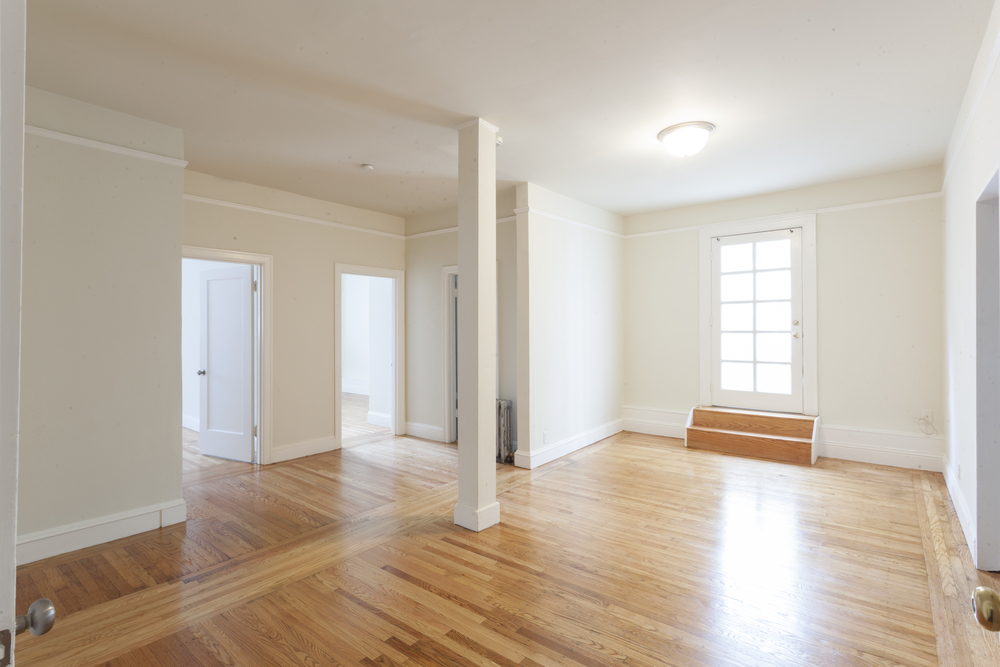Welcome to SNS Law Group. In this video, Attorney Edrin Shamtob, a licensed California attorney with over a decade of experience in real estate law, discusses the two main categories that eviction cases in California generally fall into: at-fault just cause eviction and no-fault just cause eviction.
At-Fault Just Cause Eviction: This type of eviction is based on something the tenant has done wrong that amounts to a breach of the rental agreement. Common examples include changing locks on their units, bringing in additional occupants, making alterations, and committing parking violations, all without the landlord’s permission.
No-Fault Just Cause Eviction: This type of eviction is not based on the tenant doing something wrong, but rather on the actions of the landlord. For instance, if the landlord wants to get possession of the unit back to move in personally, to renovate or remodel the unit, or to comply with a government order.
The differences between an at-fault just cause eviction and a no-fault just cause eviction can have significant financial implications. For an at-fault eviction, there is no requirement to pay the tenant anything. However, landlords are required to pay tenants substantial amounts of money for a no-fault eviction, sometimes exceeding $20,000.
If you’re dealing with a California eviction case and need guidance on whether your case falls under at-fault or no-fault just cause eviction, or if you’re preparing for a California eviction trial, please contact us to schedule a consultation. We specialize in eviction laws in California and can guide you through the process of serving a notice to quit and understanding your rental agreement, whether it’s a California month-to-month rental agreement or otherwise.
Remember to follow, like, and subscribe for more informative videos on eviction laws in California. Thank you for watching, and we look forward to assisting you with your legal needs.
Transcript:
Eviction cases in California generally fall into two separate categories. Each option has a different approach and requirement. Do you know which category your eviction lawsuit falls into? If not, you could be wasting a significant amount of money and resources going in the wrong direction.
Hi, my name is Edrin Shamtob and I’m a licensed California attorney with more than a decade of experience of real estate law. If you like what you learn on this video, please take a moment to like, share and follow.
Evictions in Los Angeles: At-Fault vs No-Fault
So what are those two categories? Well, they generally fall into an at-fault, just cause eviction or no-fault, just cause eviction. At-fault evictions are based on something your pesky tenant has done wrong, that amounts to a breach of the rental agreement.
At-Fault Evictions
For instance, we often see tenants who change locks on their units. They bring in additional occupants. They make alterations. They commit parking violations, just to name a few. And of course, they’re doing all of this without your permission. Those would amount to what’s called the just cause at-fault eviction.
No-Fault Evictions
No-fault reasons on the other hand, are evictions that are not based on the tenant doing something wrong. They are based on the actions of you as a landlord.
For instance, if you want to get possession of your unit back, to move in personally, to renovate or remodel your unit, or to comply with a government order.
Costs For At-Fault Evictions Vs No-Fault Evictions
What’s the big deal in terms of the differences between the two options? Well, the differences between an at-fault, just cause eviction and a no-fault, just cause eviction makes a big difference. Specifically for your wallet.
There is no requirement to pay your tenant anything for an at-fault eviction. On the other hand, landlords are required to pay tenants substantial amounts of money for a no-fault eviction, sometimes exceeding $20,000.
Contact SNS Law Group For Eviction Cases In Los Angeles
The just cause eviction steps are a complex web of requirements, and if you find yourself in need of direction, give us a call at (424) 220-2052 to discuss your available options.
 424-220-2052
424-220-2052





 Click To Call Now
Click To Call Now









